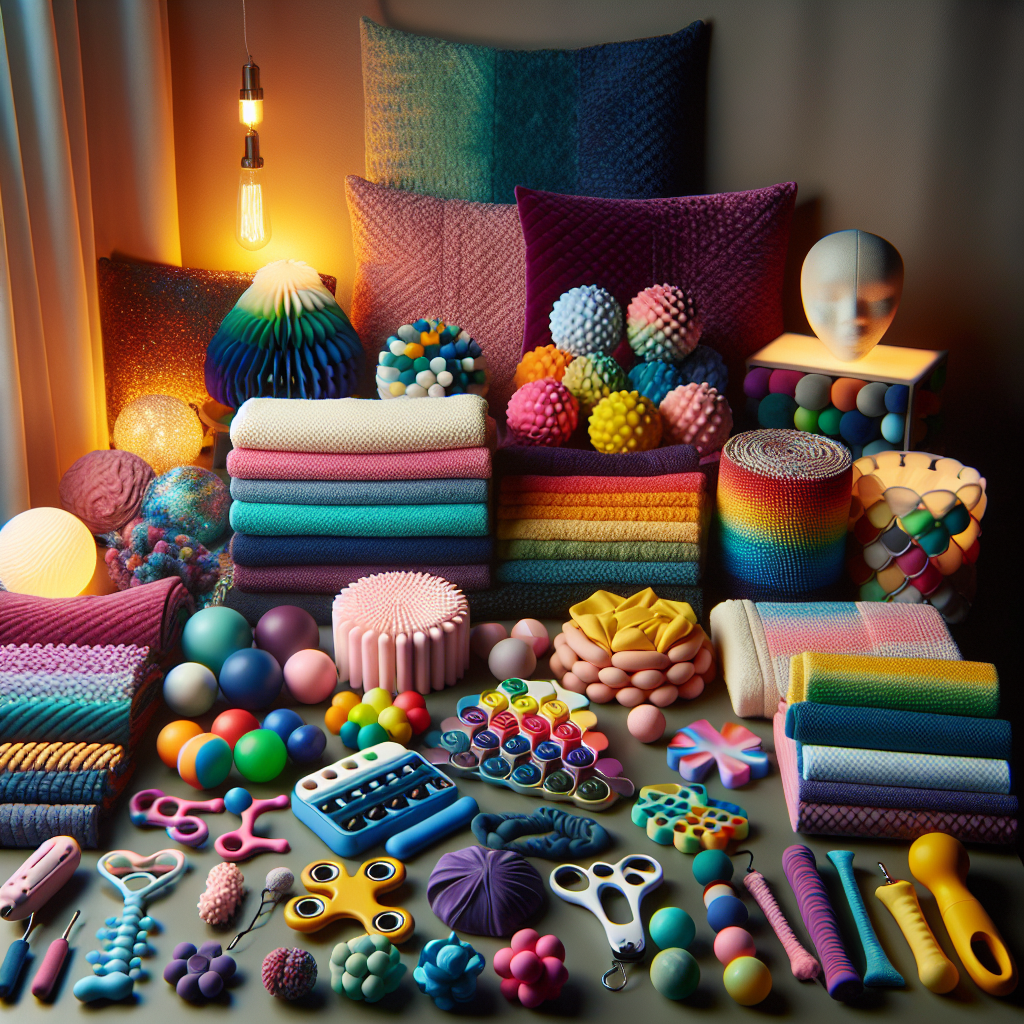Cognitive Behavioral Therapy (CBT) is a form of psychological treatment that has been demonstrated to be effective for a range of problems including depression, anxiety disorders, alcohol and drug use problems, marital problems, eating disorders, and severe mental illness. Numerous research studies suggest that CBT leads to significant improvement in functioning and quality of life. In many studies, CBT has been demonstrated to be as effective as, or more effective than, other forms of psychological therapy or psychiatric medications.
It is important to note that CBT is a collaborative effort between the therapist and the individual. This means that in addition to attending therapy sessions, individuals are encouraged to be active participants in their own treatment outside of the therapy office, practicing newly learned skills, completing homework assignments, and tracking their own progress.
Sensory Integration in CBT
One often overlooked component of Cognitive Behavioral Therapy is the use of sensory tools. Sensory tools can enhance the therapeutic process by helping individuals to better regulate their emotions, maintain focus during therapy sessions, and practice self-soothing techniques. Sensory integration, a term often used in occupational therapy, refers to the way the nervous system receives messages from the senses and turns them into appropriate motor and behavioral responses. In the context of CBT, sensory tools are used to support the same integration process for emotional regulation.
The concept of sensory health is closely associated with mental well-being, and the integration of sensory tools in CBT can significantly benefit individuals with sensory processing challenges. Sensory health involves the effective processing and integration of sensory information by the brain, which can profoundly impact one’s mood and cognitive functions. For more detailed information on sensory health, please visit the Sensory Health section.
Sensory Tools Used in CBT:
- Weighted Blankets: These can provide deep pressure stimulation which may help reduce anxiety and increase the feeling of security.
- Fidget Tools: Items such as stress balls or fidget spinners can help individuals who have a hard time sitting still or focusing during sessions.
- Visual Aids: Visual timers or emotion cards help individuals to understand and process their emotions or the passage of time.
- Auditory Tools: Soothing music or sound machines can create a calming environment and mask distracting noises.
- Tactile Materials: Objects with various textures can be soothing and help individuals stay grounded and present.
Incorporating sensory tools into therapy sessions can be particularly beneficial for individuals with sensory processing disorders, autism spectrum disorders, or attention-deficit/hyperactivity disorder (ADHD). However, even individuals without these conditions can benefit from sensory tools to help manage stress and anxiety.
Sensory Tools and Evidence-Based Practice
The use of sensory tools in CBT is supported by evidence-based practice. For instance, a study published in the Journal of Medical Internet Research demonstrated that sensory-based interventions like weighted blankets could decrease insomnia-related symptoms and improve sleep in certain populations.
Furthermore, research in The American Journal of Occupational Therapy has shown that sensory integration therapy can lead to significant improvements in daily functioning for children with sensory processing issues. These studies highlight the potential for sensory tools to complement traditional CBT techniques.
Integrating Sensory Tools into CBT Sessions
When integrating sensory tools into CBT, it is crucial for therapists to:
- Assess the individual’s sensory preferences and needs to select the most appropriate tools.
- Educate the individual on how to use sensory tools effectively as part of their coping strategies.
- Monitor the individual’s response to sensory tools and adjust their use accordingly.
For therapists interested in learning more about sensory integration approaches in speech therapy, the article Sensory Integration Approaches in Speech Therapy provides valuable insights.
Real-world Applications of Sensory Tools in CBT
Sensory tools can be used in various settings, including schools, homes, and clinical environments. Implementing sensory strategies in home schooling, for instance, can significantly benefit children who require a sensory-friendly learning environment. For ideas on how to implement these strategies, consider reading Implementing Sensory Strategies in Home Schooling.
Furthermore, the practice of incorporating sensory tools into CBT is not just limited to children. Adults, particularly those with sensory hypersensitivity or autism, can also benefit from sensory integration strategies. For more information on enhancing sensory integration in adults with autism, the following resource is recommended: Strategies to Enhance Sensory Integration in Adults with Autism.
Challenges and Considerations
While there is growing evidence supporting the use of sensory tools in CBT, it is crucial to consider individual differences. Not all clients will respond to sensory tools in the same way, and what works for one individual may not work for another. It is also important to ensure that the integration of sensory tools into therapy does not become a distraction from the core elements of CBT.
External Resources
- A comprehensive review on the effectiveness of sensory integration therapy can be found in the Sensory Integration Special Interest Section Quarterly, a publication by the American Occupational Therapy Association.
- For those looking to explore the theoretical underpinnings of sensory integration, the STAR Institute for Sensory Processing Disorder offers a wealth of research and resources.
- To understand the neurobiological basis of sensory processing and its impact on behavior, the Interactive Autism Network provides detailed articles and studies.
Conclusion
The use of sensory tools in Cognitive Behavioral Therapy represents a promising area of practice that integrates sensory health principles with traditional psychological approaches. By considering the unique sensory needs of each individual, therapists can enhance the effectiveness of CBT and provide a more holistic treatment experience. As with any therapeutic tool, it is essential to base the integration of sensory tools on solid research and tailor their use to the individual’s specific needs and therapy goals. With continued research and clinical innovation, the role of sensory tools in CBT will likely become even more integral to effective mental health treatment.



